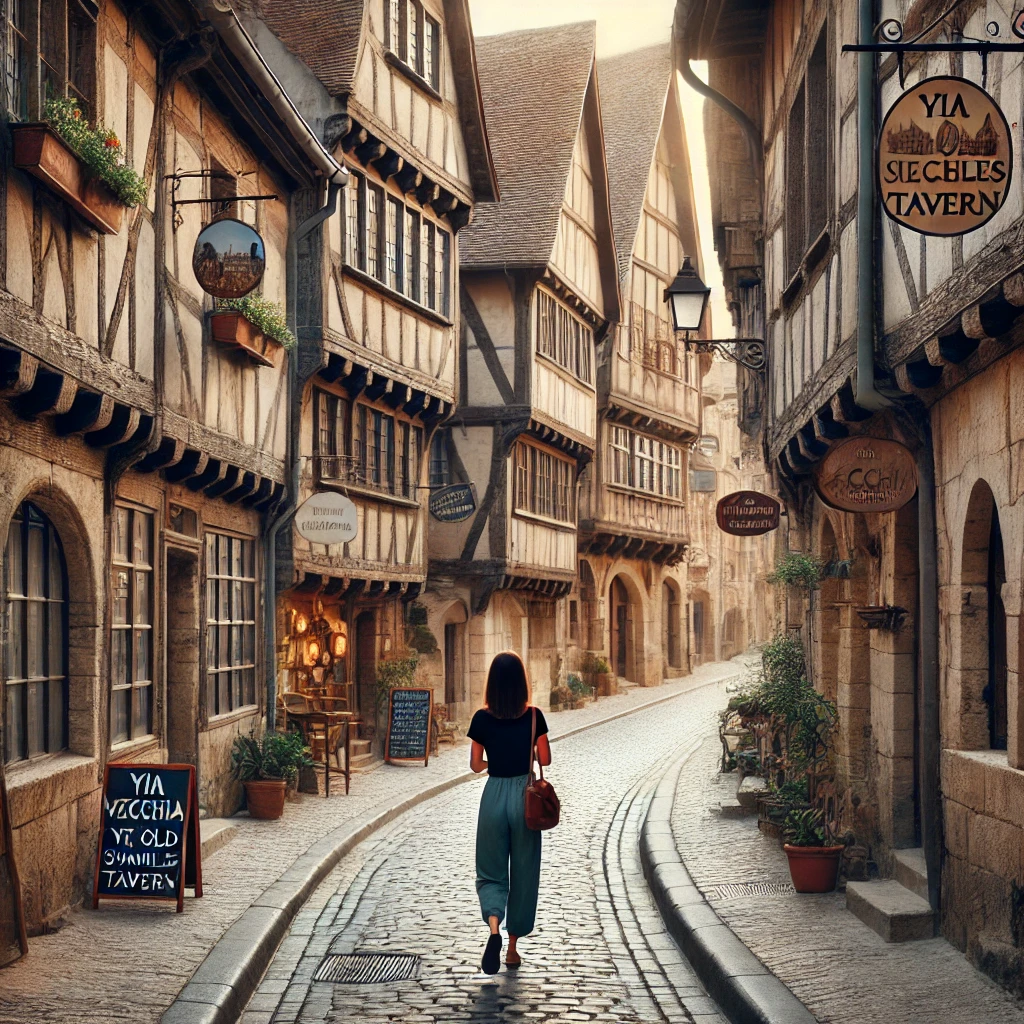ChatGPT:
York is a historic city located in North Yorkshire, England, known for its rich history, stunning architecture, and well-preserved medieval heritage. Founded by the Romans in 71 AD, York has layers of history reflected in its cityscape, from Viking invasions to its role as a major trading center in the medieval period.
York is also known for its charming blend of historic pubs, tea rooms (like the famous Bettys Café), and riverside views, especially along the River Ouse. The city’s vibrant cultural scene includes museums, festivals, and walking tours that explore its rich past.
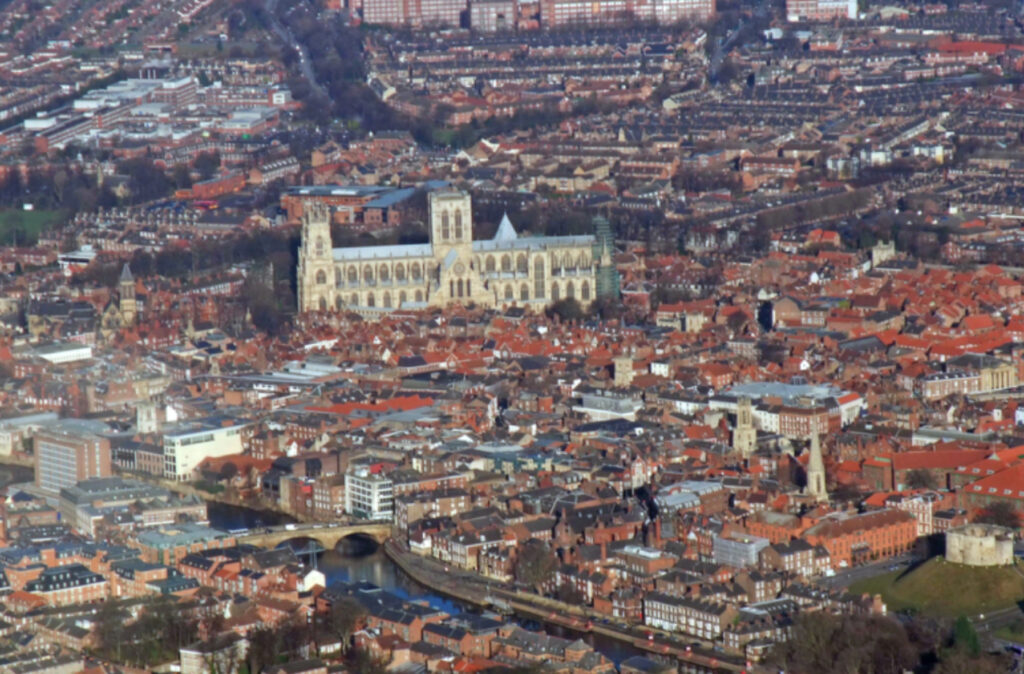
York’s origin and history are deeply tied to its strategic location at the confluence of the Rivers Ouse and Foss in North Yorkshire, England. The city has been inhabited for nearly 2,000 years, witnessing a succession of cultures and civilizations that have shaped its development. Here’s an overview of its origin, history, and growth over time:
Roman Origins (71 AD – 5th Century)
- Foundation by the Romans: York was founded as a military fortress by the Romans in 71 AD, who named it Eboracum. The location was chosen for its defensive advantages, and it became one of the most important Roman cities in northern Britain.
- Roman significance: It served as the headquarters of the Roman 9th Legion and later the 6th Legion. During this period, it grew into a bustling town with a population of around 10,000. Eboracum became an important provincial capital, and several Roman emperors, including Septimius Severus and Constantine the Great, visited the city. Constantine was declared emperor in York in 306 AD.
- Roman decline: After the collapse of Roman rule in Britain in the 5th century, the city went into a period of decline as the Romans withdrew, and York lost its political and military importance.
Anglo-Saxon and Viking Periods (5th Century – 11th Century)
- Anglo-Saxon era: In the centuries following the Roman withdrawal, York became part of the Anglo-Saxon kingdom of Northumbria. It was known as Eoforwic during this time and became an important ecclesiastical center after the establishment of the Archbishopric of York in 735 AD.
- Viking conquest: In 866 AD, York was captured by the Vikings, who called it Jórvík. Under Viking rule, York became the capital of a significant Viking kingdom and a major trading hub in the North Sea world. Archaeological discoveries, like the ones at the Jorvik Viking Centre, reveal a prosperous trading town with a mix of cultures during this period.
- Norman Conquest: In 1066, William the Conqueror seized York after his victory at the Battle of Hastings. The Normans built two castles to secure their hold on the city, including Clifford’s Tower.
Medieval York (12th Century – 16th Century)
- Economic and religious growth: During the medieval period, York flourished as a trading center and a religious hub. Its wool and cloth industries thrived, and it became one of the wealthiest cities in England. The construction of the magnificent York Minster began in 1220, symbolizing the city’s ecclesiastical importance.
- City walls and guilds: York’s city walls, initially built by the Romans and later expanded by the Normans, were reinforced during the medieval period. The city became a center of guilds and trade, with numerous markets and fairs that boosted its economy.
- Wars of the Roses: During the 15th century, York played a prominent role in the Wars of the Roses, a series of civil wars for control of the English throne. The House of York, one of the two warring factions, took its name from the city, although it wasn’t the city’s ruling house.
Tudor and Stuart York (16th Century – 17th Century)
- Reformation and decline: The dissolution of the monasteries under Henry VIII had a significant impact on York’s wealth and religious institutions. Many of its religious houses were dissolved, leading to an economic downturn. Despite this, York remained an important regional center.
- Civil War and siege: During the English Civil War (1642-1651), York was a royalist stronghold. The city endured a lengthy siege in 1644, culminating in the Battle of Marston Moor, which resulted in the defeat of the royalist forces and York’s eventual surrender to the Parliamentarians.
Georgian and Victorian York (18th Century – 19th Century)
- Georgian revival: York experienced a revival during the Georgian period, becoming a fashionable social center for the gentry. Many of the city’s grand Georgian townhouses were built during this period, and the city gained a reputation for horse racing and culture.
- Industrial development: The advent of the Industrial Revolution in the 19th century brought new industries to York, particularly in the railway and confectionery sectors. The city became a key railway hub with the establishment of the York Railway Station in 1839, and companies like Rowntree and Terry’s made York a center of chocolate production.
Modern York (20th Century – Present)
- 20th century transformations: Despite the economic challenges of the 20th century, including the decline of traditional industries, York adapted by developing a strong tourism industry. The preservation of its medieval heritage, such as the city walls, the Shambles, and York Minster, attracted millions of visitors.
- World War II: York was bombed by the Luftwaffe in 1942 during the Baedeker Raids, which targeted cities of cultural significance. The city recovered and continued to grow post-war.
- Cultural and historical preservation: In the 21st century, York has solidified its reputation as a tourist destination, with its historic landmarks, museums, and cultural events, including the annual York Mystery Plays and the York Food and Drink Festival. The Jorvik Viking Centre, National Railway Museum, and the city’s vibrant shopping and dining scene contribute to its enduring appeal.
Conclusion
York’s history is a testament to its adaptability and resilience. From its Roman origins to its Viking past, medieval prosperity, and modern-day tourism, the city has evolved while preserving its rich heritage. Its blend of historical architecture and modern vibrancy makes York one of the most significant historical cities in the United Kingdom.
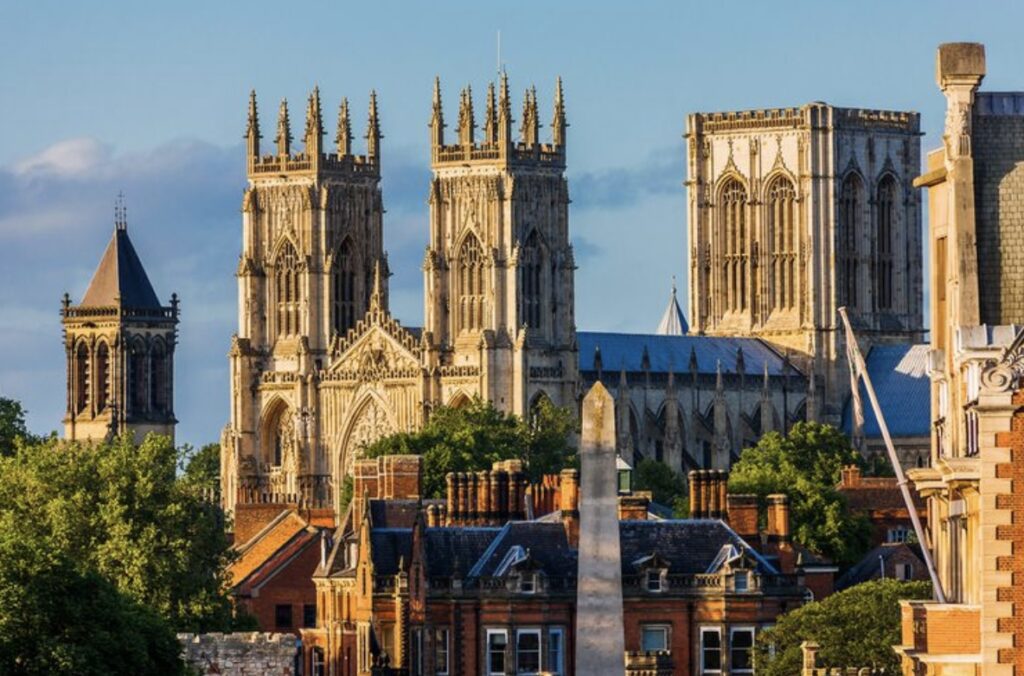
Here’s a list of historical monuments and tourist attractions in York, along with their respective dates:
Historical Monuments:
- York Minster (Construction: 1220-1472): The construction of this Gothic cathedral began in 1220 and took over 250 years to complete.
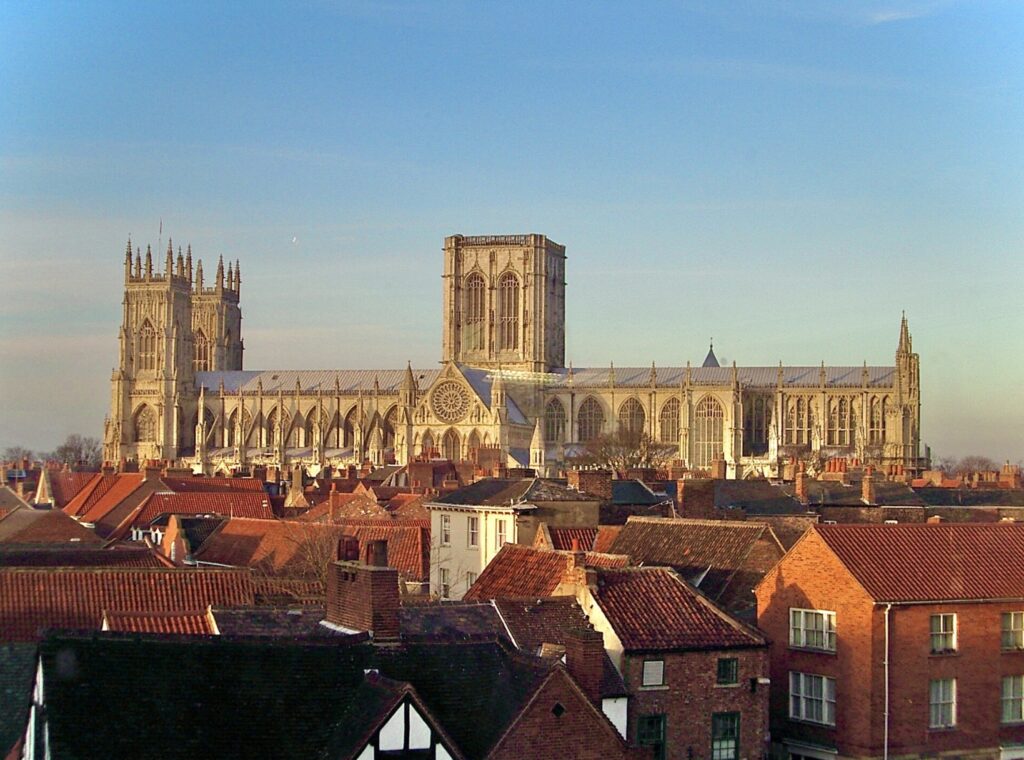
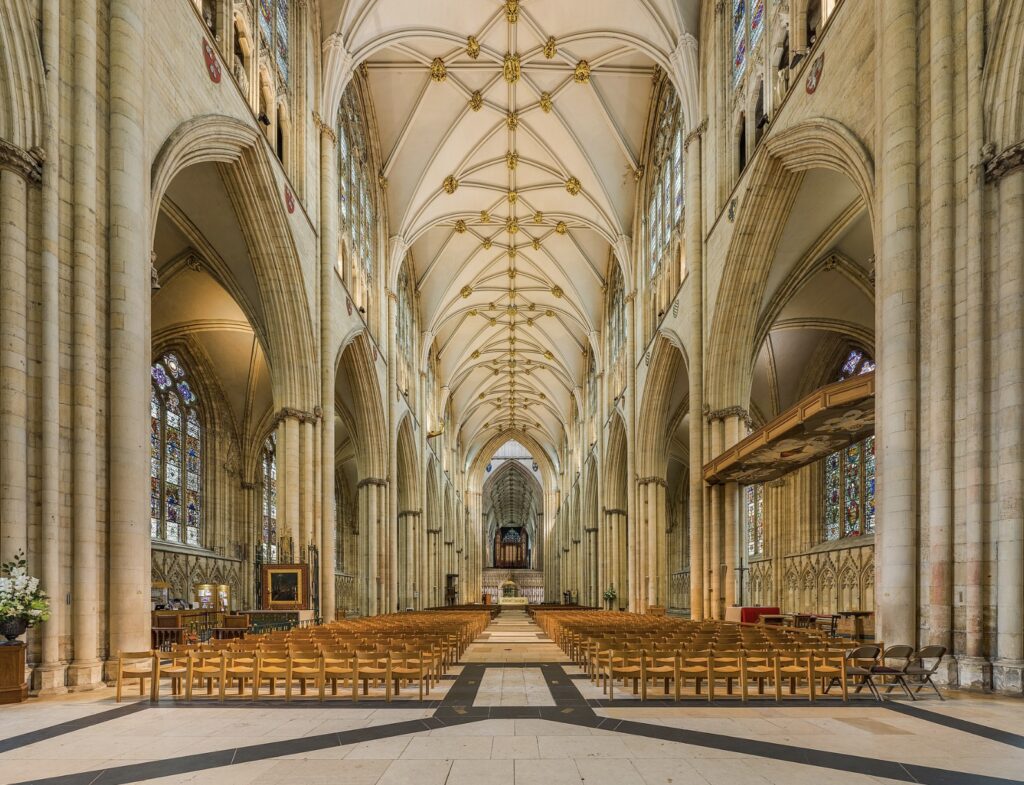
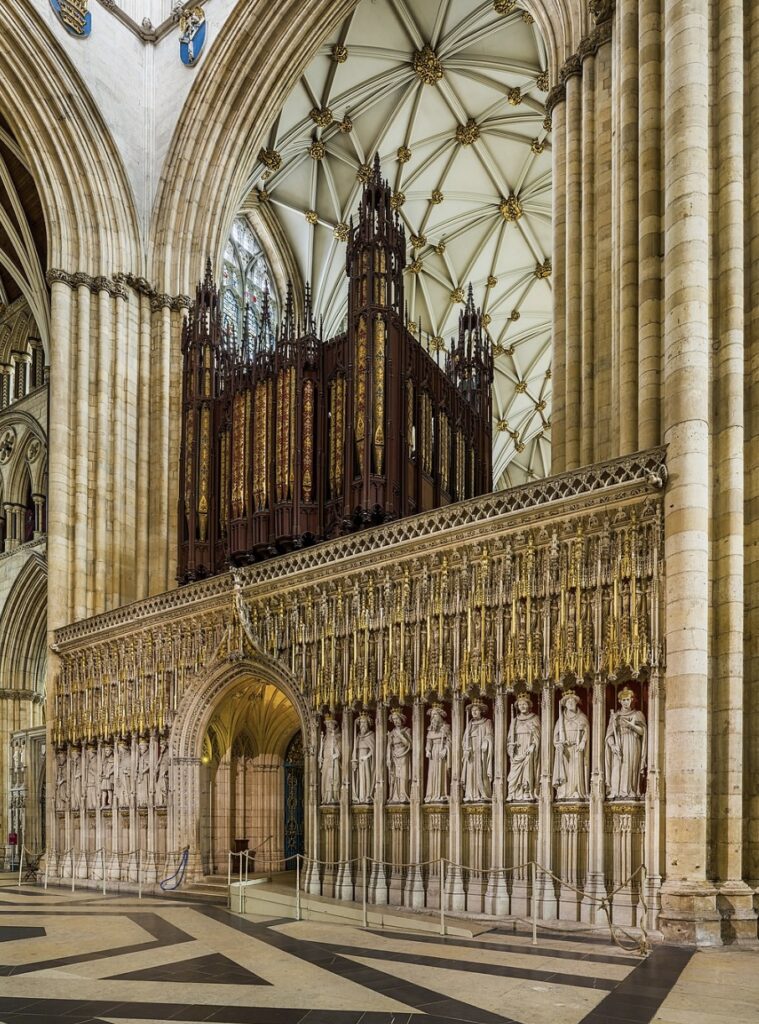
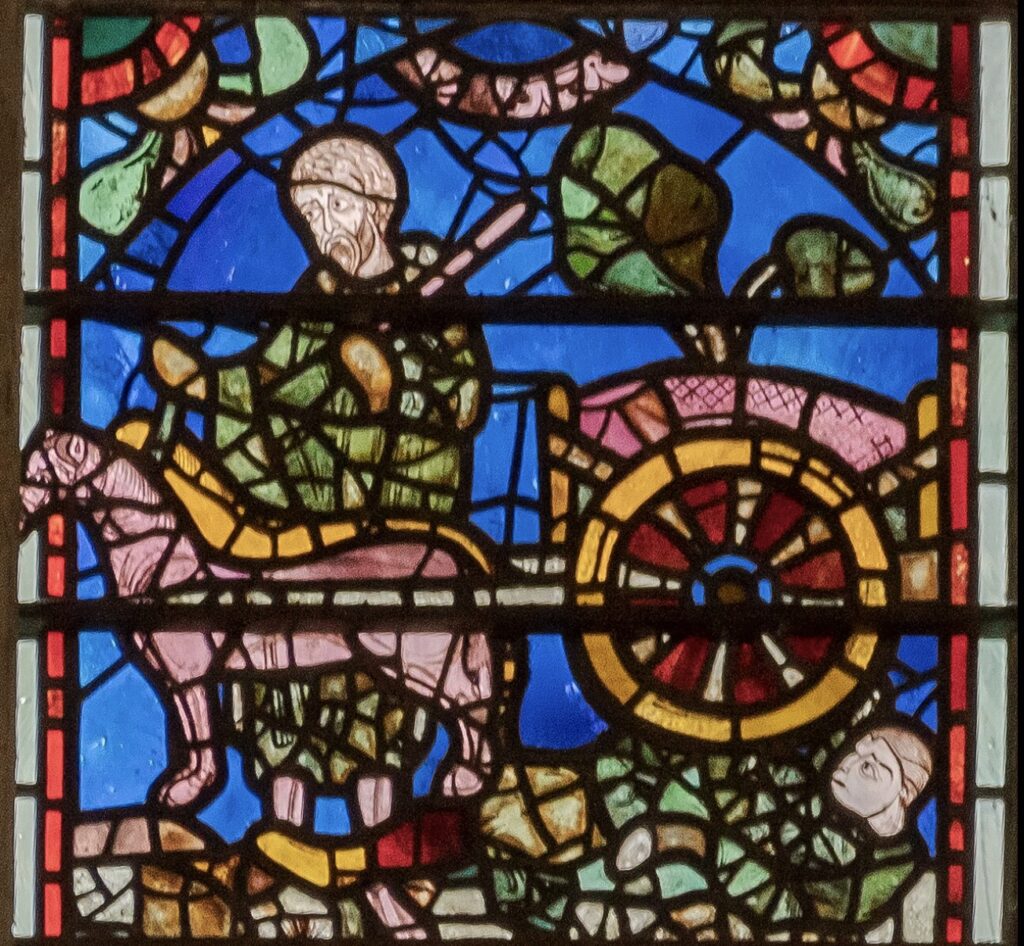
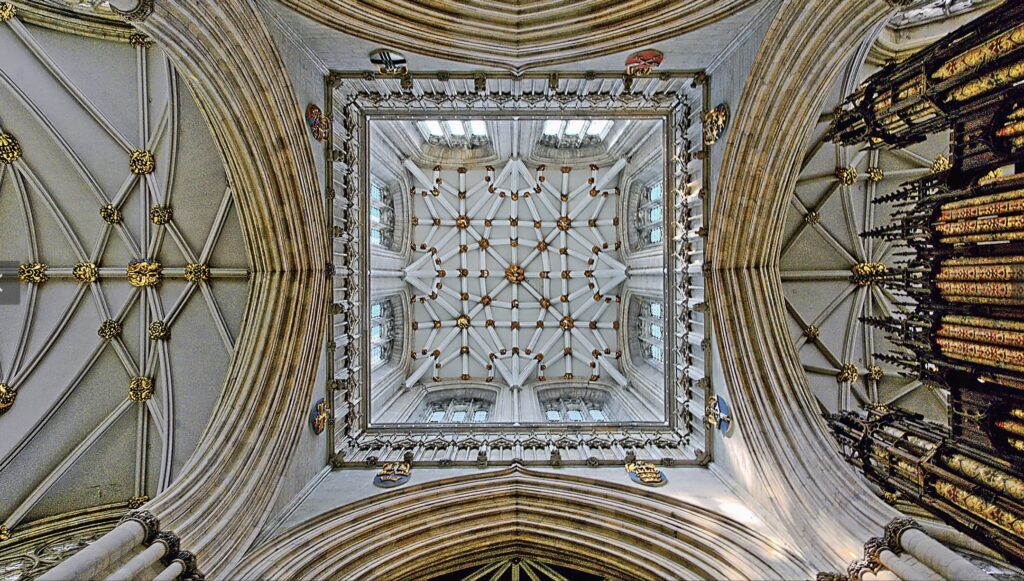
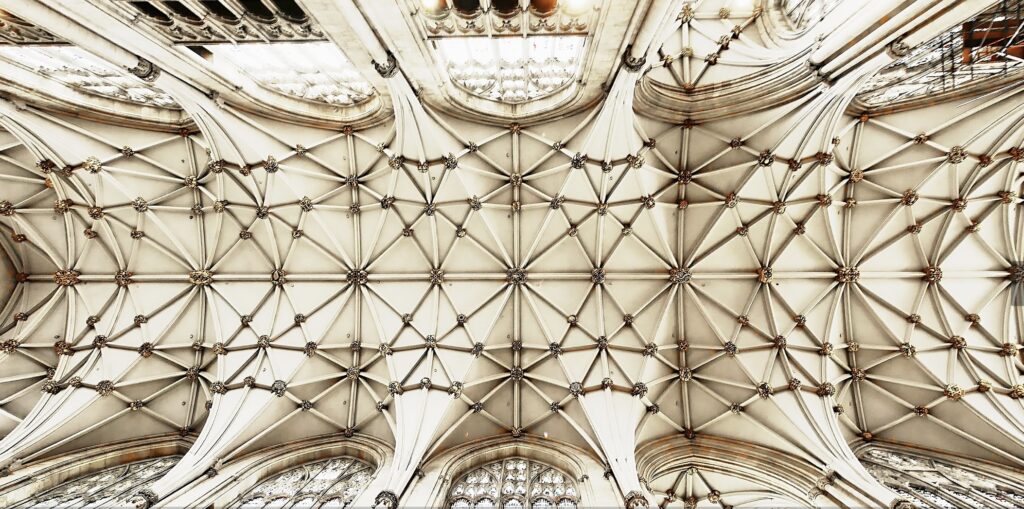
- York City Walls (Roman origins: 71 AD; Medieval expansions: 12th-14th centuries): The original walls were built by the Romans, with much of the surviving structure dating from the medieval period.
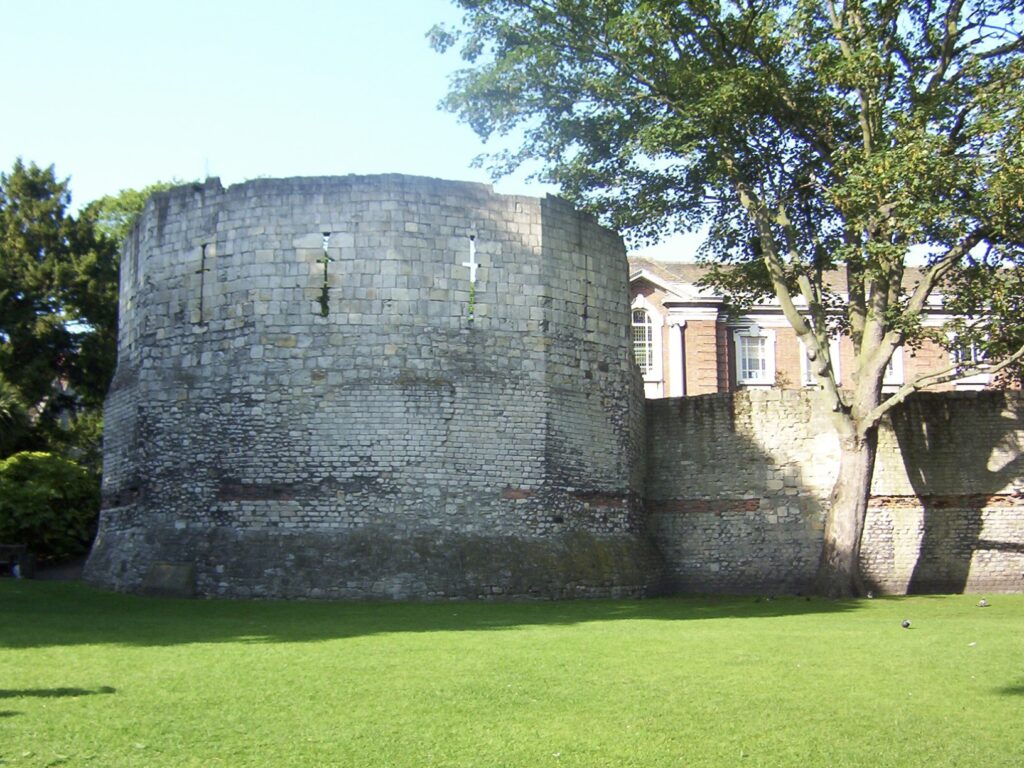
- Clifford’s Tower (Originally built: 1068; Current structure: 13th century): First built by William the Conqueror as part of York Castle, the current stone keep dates to the 13th century.
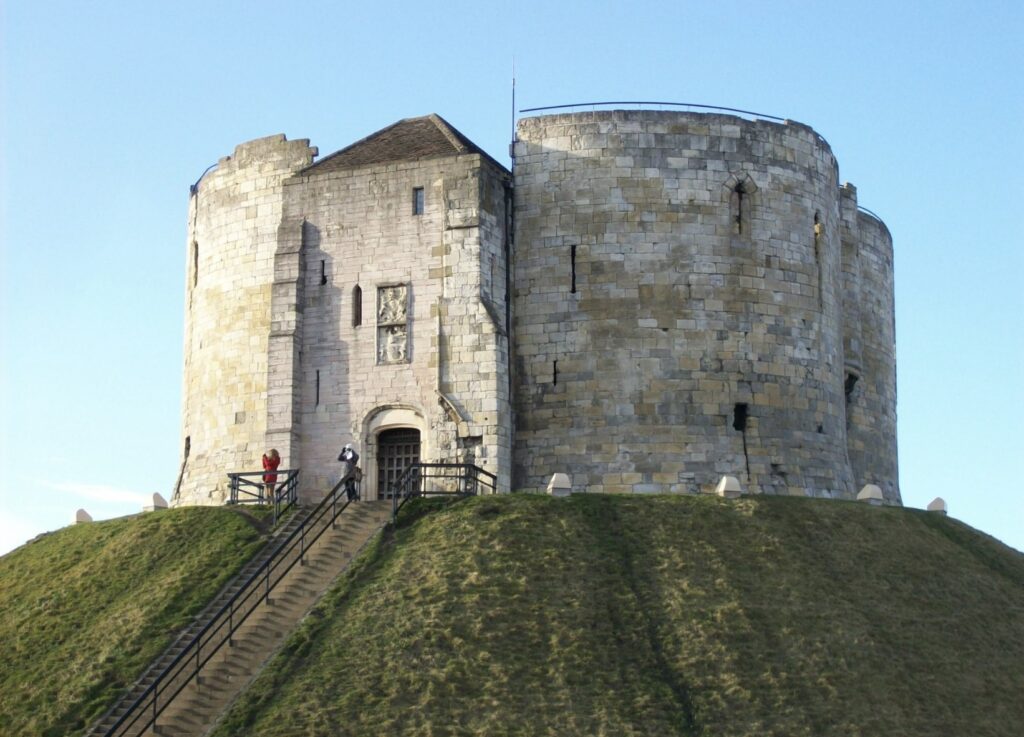
- Jorvik Viking Centre (Museum established: 1984): The center was opened after a 1970s archaeological excavation revealed a Viking settlement dating back to the 9th century.
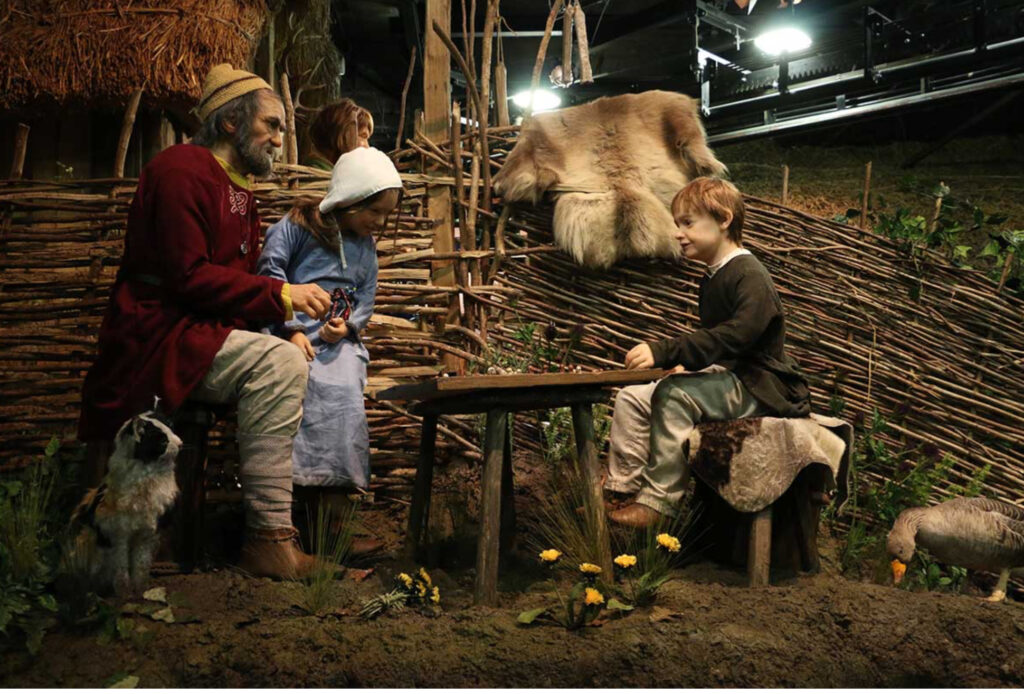
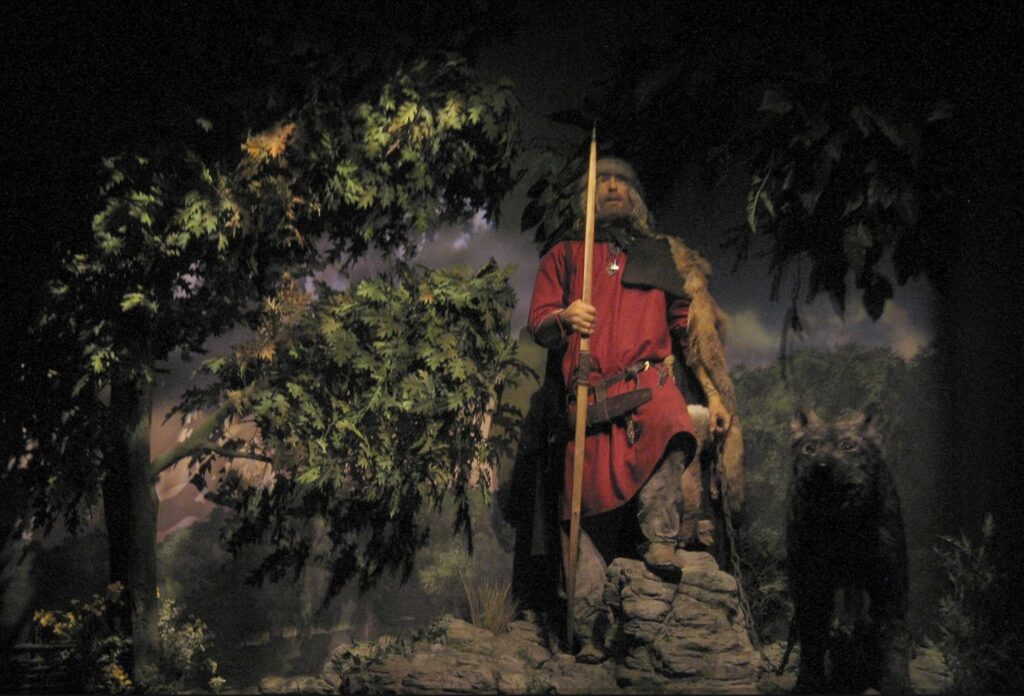
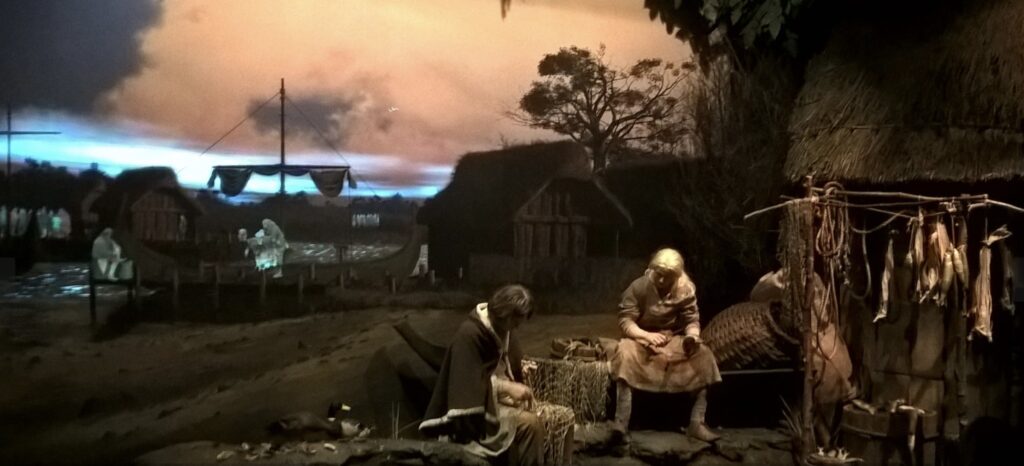
- The Shambles (Built: 14th century): A medieval street that has preserved its 14th-century timber-framed buildings.
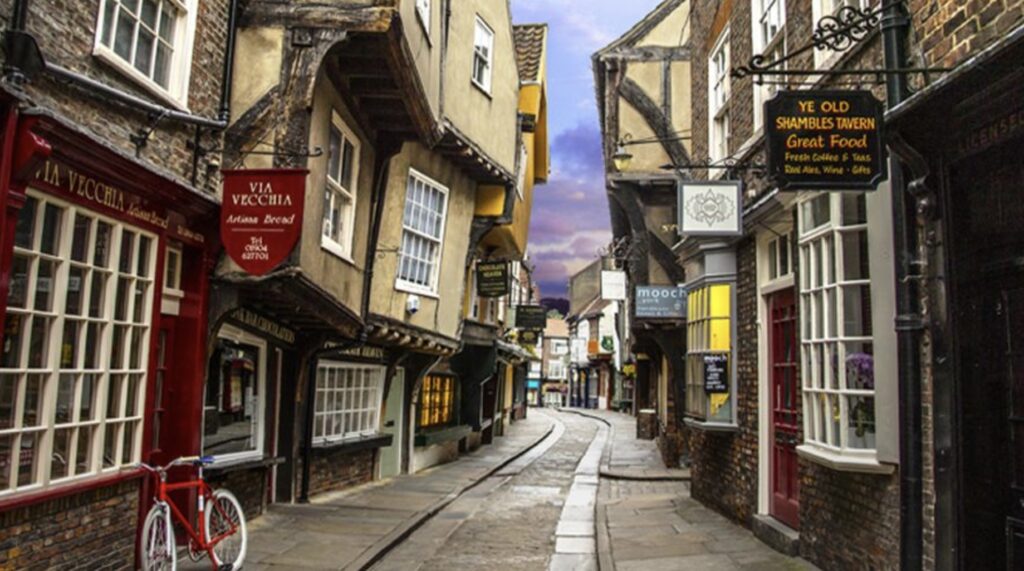
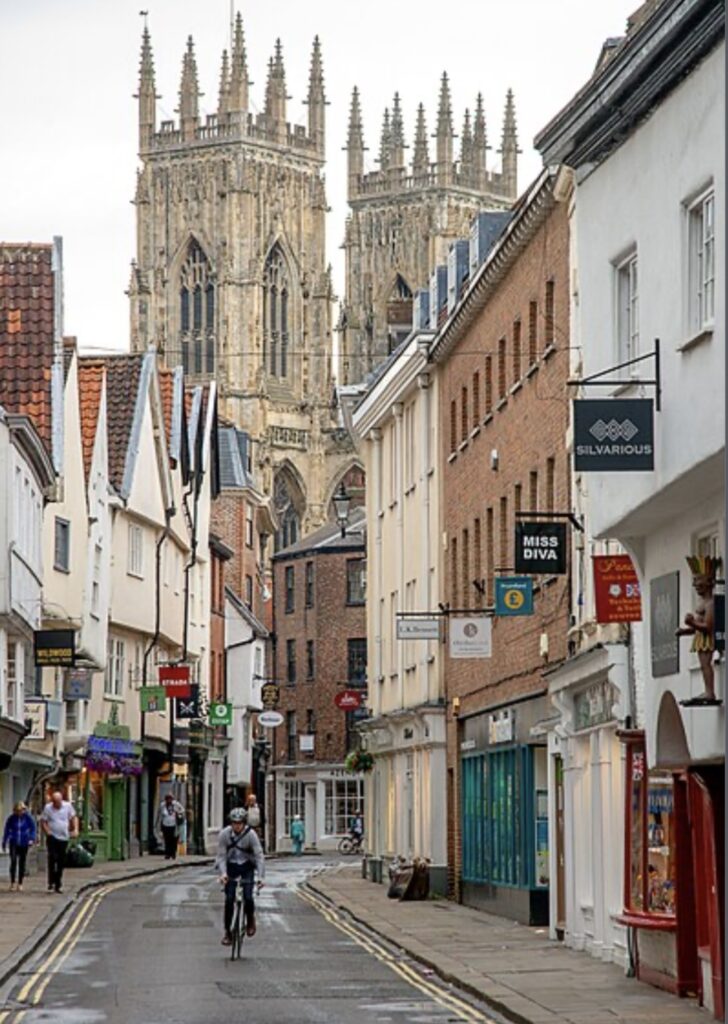
- Merchant Adventurers’ Hall (Completed: 1368): A medieval guildhall that has been in continuous use since the 14th century.
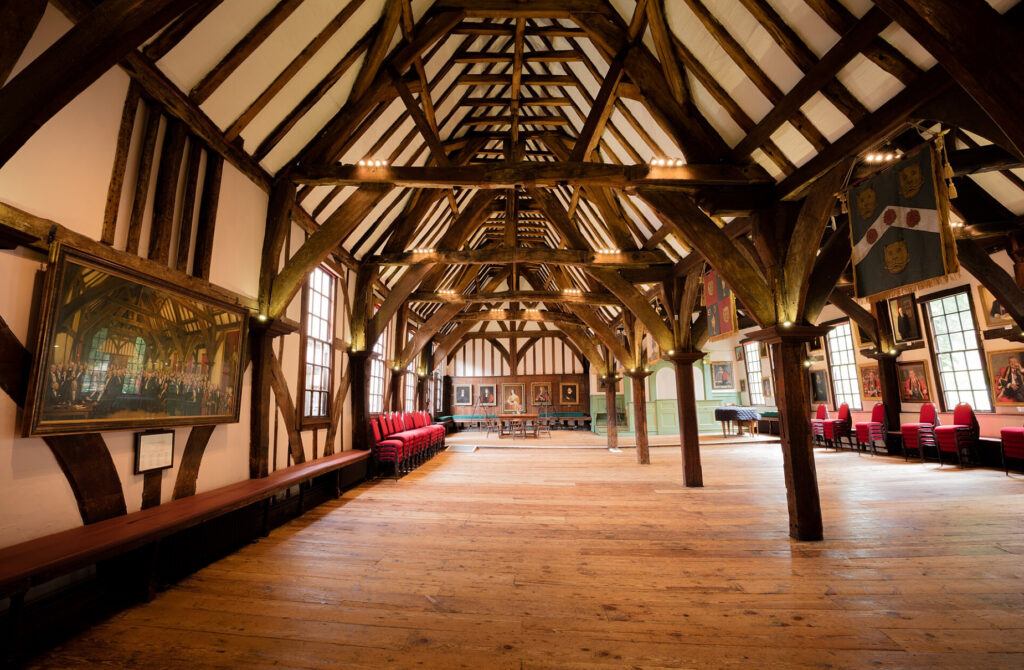
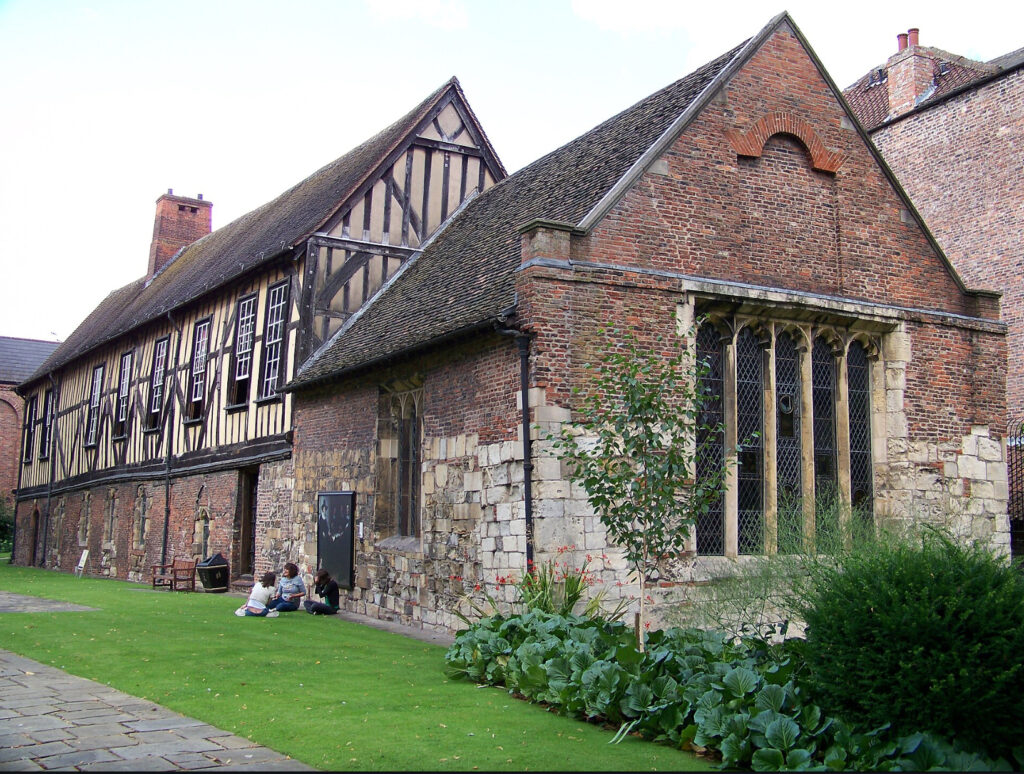
- Treasurer’s House (Built: 1091; Rebuilt: 16th-17th centuries): Originally the residence of the Treasurer of York Minster, it was extensively remodeled in the 16th and 17th centuries.

- Fairfax House (Built: 1762): A fine example of Georgian architecture, originally a townhouse for Viscount Fairfax.
- St. Mary’s Abbey (Founded: 1088; Ruins: 16th century): The abbey was founded in 1088, and its destruction occurred during the dissolution of the monasteries in the 1530s under Henry VIII.
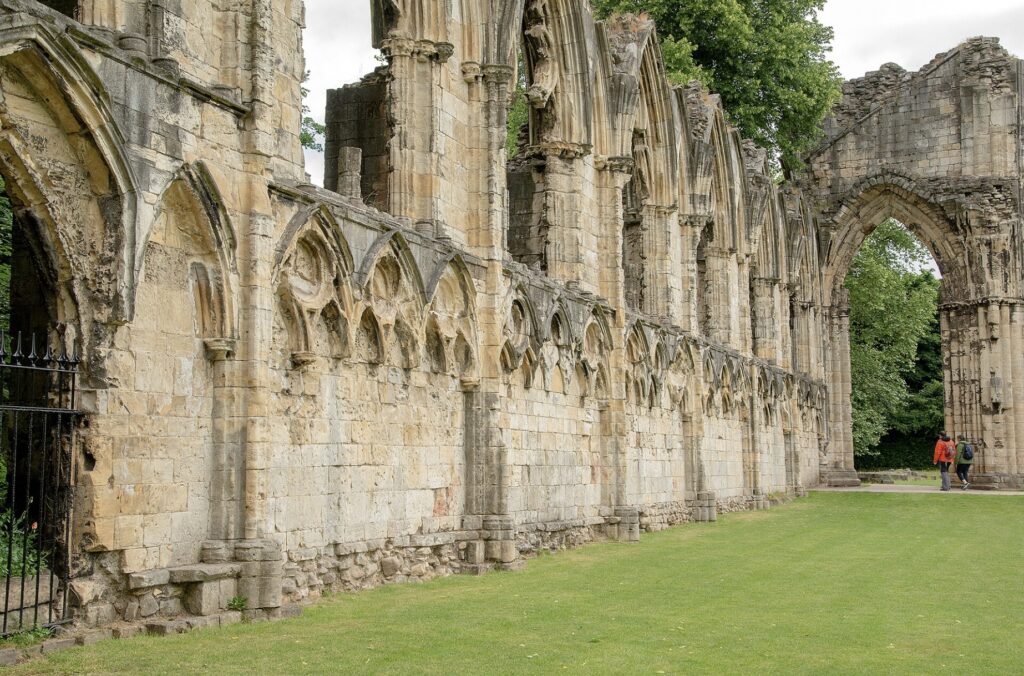
- Holy Trinity Church, Goodramgate (Construction: 12th-15th centuries): This small medieval church was largely completed by the 15th century, though it has earlier origins.
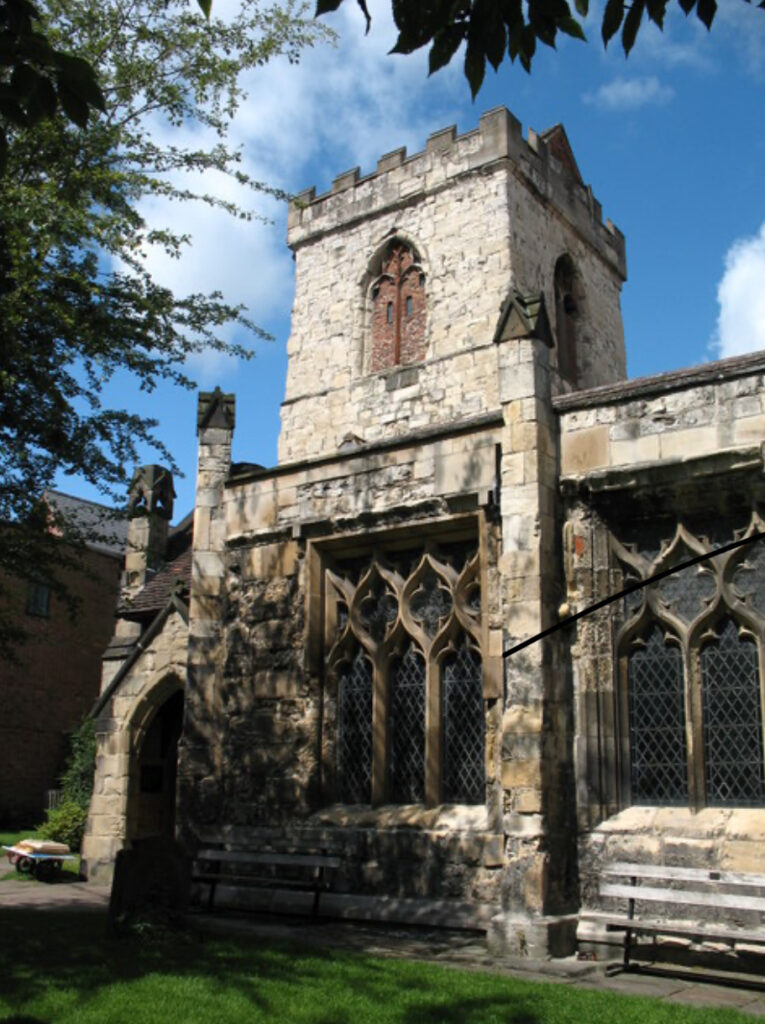
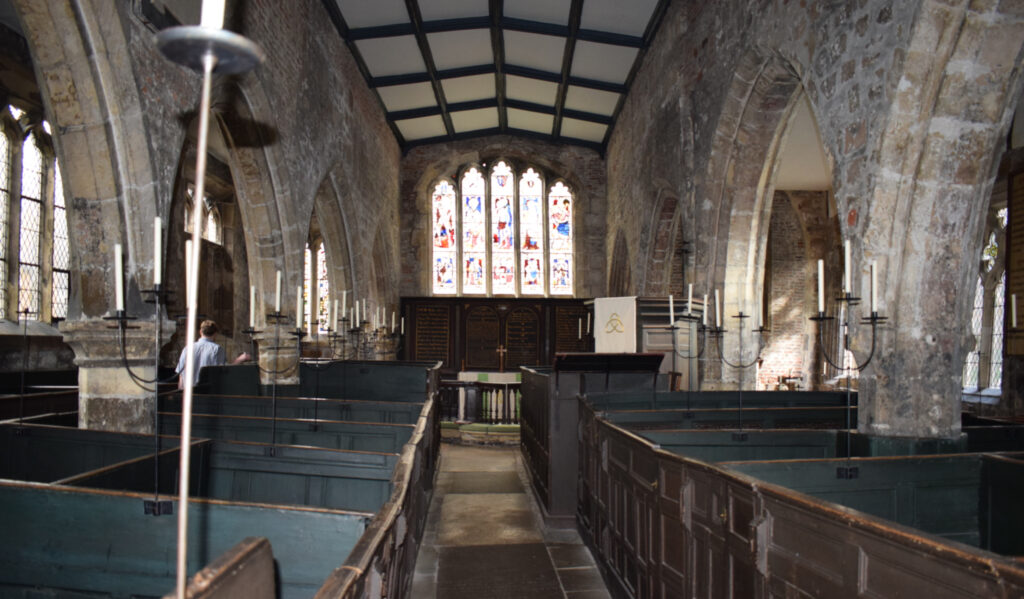
Other Tourist Attractions:
- National Railway Museum (Opened: 1975): The museum, showcasing Britain’s railway history, was established in the 20th century.
- York Castle Museum (Opened: 1938): Housed in a former prison (18th-century structures), the museum focuses on social history.
- York Dungeon (Opened: 1986): An interactive attraction focusing on the darker aspects of York’s history, from the medieval period onward.
- Yorkshire Museum (Opened: 1830): This museum was built in the early 19th century, set in the scenic York Museum Gardens.
- York Cold War Bunker (Built: 1961): A preserved Cold War-era bunker, it operated as a regional command center during the nuclear threat of the 20th century.
- The Bar Convent Living Heritage Centre (Founded: 1686): The oldest surviving convent in England, the Bar Convent was established in the late 17th century.
- Mansion House (Built: 1732-1735): The official residence of the Lord Mayor of York, constructed in the early Georgian period.
- Rowntree Park (Opened: 1921): This park was opened in the early 20th century as a memorial to those lost in World War I.
- Bettys Café Tea Rooms (Founded: 1919): While not as old as the other attractions, Bettys has been a staple of York’s cultural scene since its founding.
Walking Tours and Experiences:
- Ghost Walks: Many of the ghost stories featured in these tours date back to the medieval period and earlier, as York has a long history of reported hauntings.
- York’s Chocolate Story: This tour reflects York’s confectionery history, primarily focused on the 19th and 20th centuries, particularly companies like Rowntree (founded in 1862) and Terry’s (founded in 1767).
These dates reflect the historical significance and development of each attraction, showcasing York’s rich timeline from Roman times to the present.
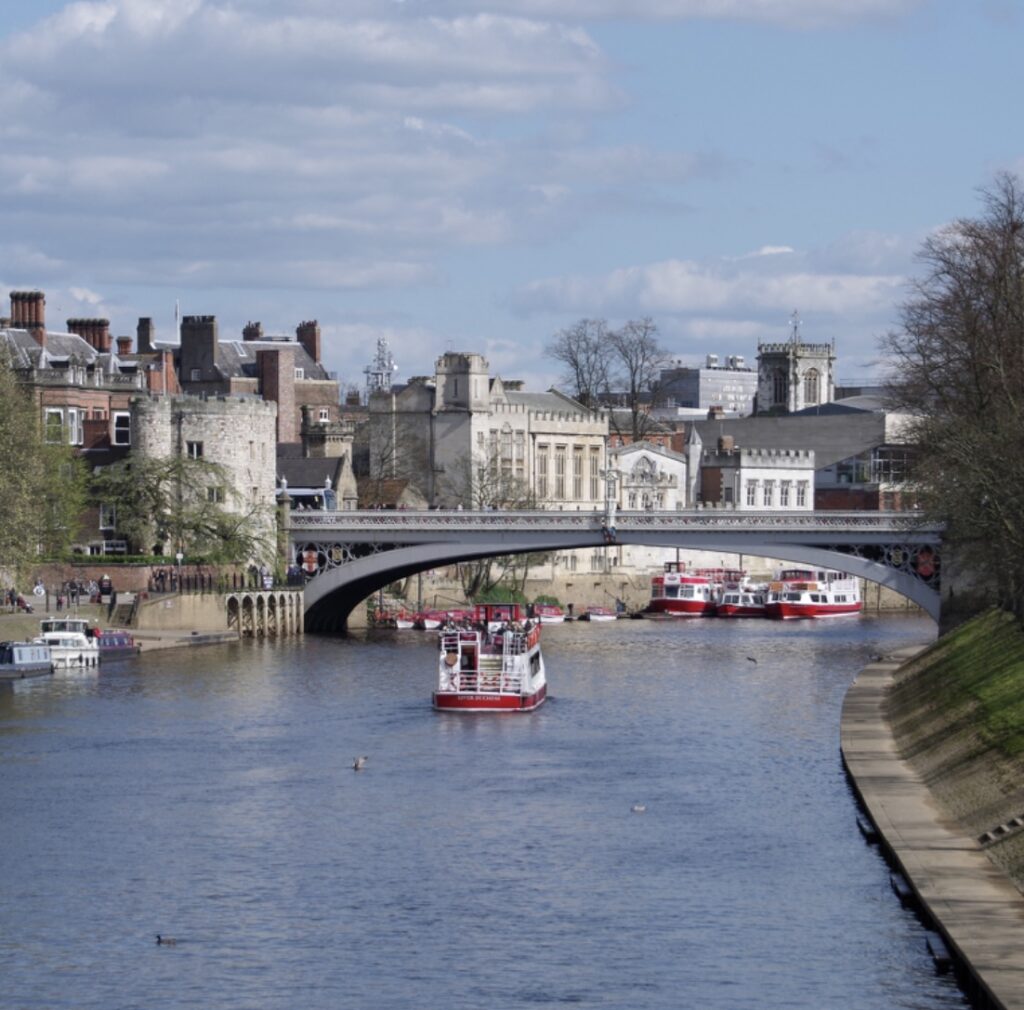
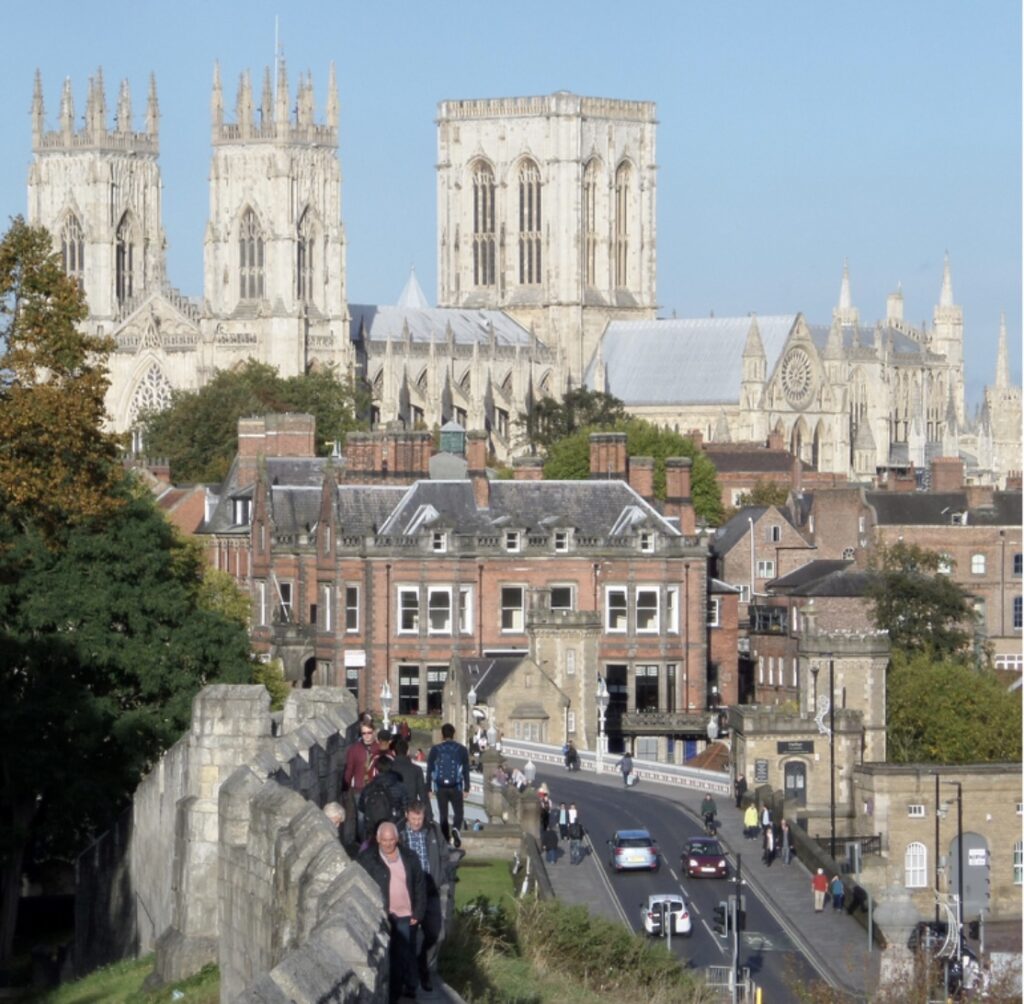
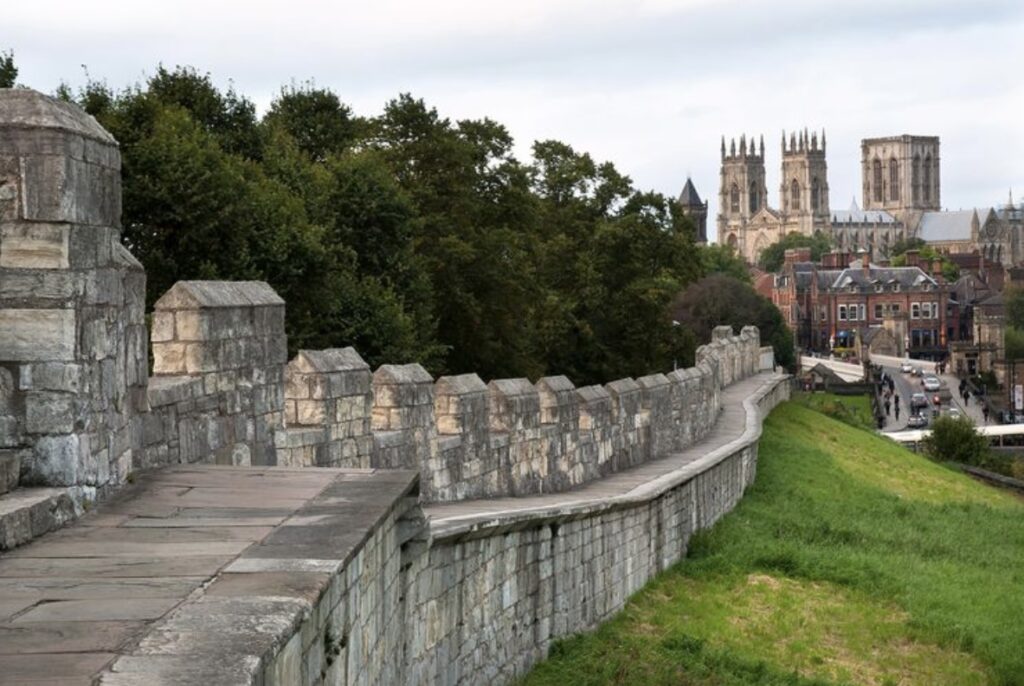
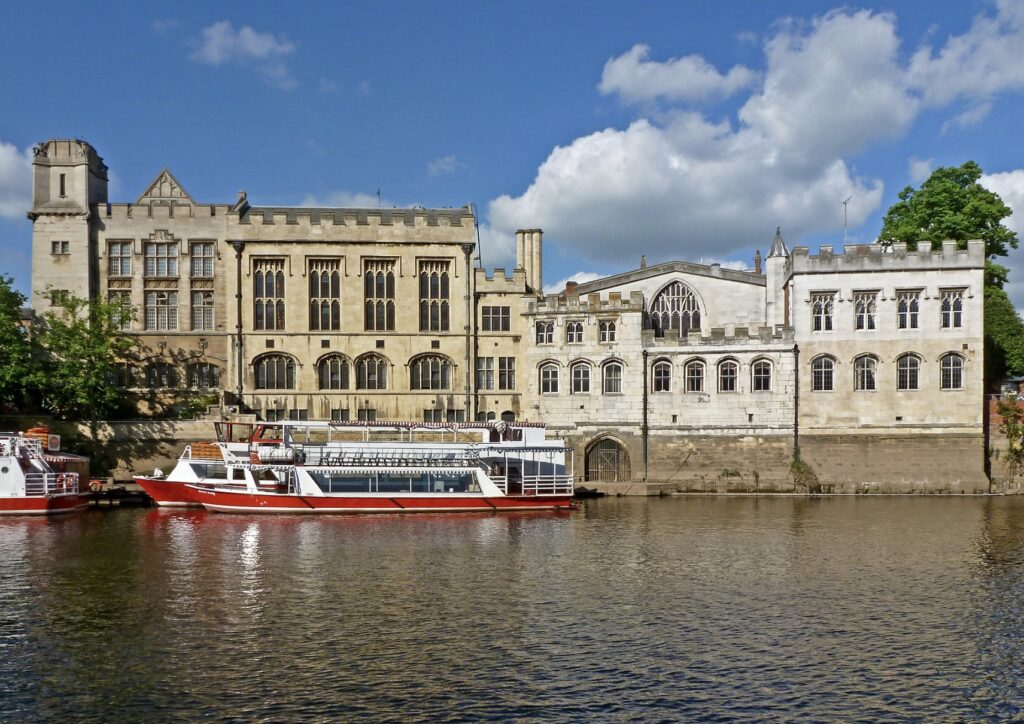
Here’s a one-day itinerary for visiting York, combining the city’s historic landmarks with opportunities to enjoy its local food specialties:
Morning:
- 9:00 AM – York Minster: Start your day with a visit to York Minster, exploring its magnificent Gothic architecture, stained glass, and the Undercroft Museum. If you’re feeling adventurous, climb the central tower for stunning views of the city.
- 10:30 AM – Walk the City Walls: After York Minster, take a scenic walk along the city’s medieval walls. Start at Bootham Bar and enjoy the views while learning about York’s Roman and medieval past.
- 11:30 AM – Coffee Break at Brew & Brownie: Stop at Brew & Brownie, located near Museum Gardens, for a coffee and one of their famous Yorkshire curd tarts, a traditional sweet pastry made with curd cheese.
Midday:
- 12:00 PM – Explore The Shambles: Wander through The Shambles, a picturesque medieval street lined with shops and cafes. Visit some local food stores for snacks like a pork pie or traditional Yorkshire fudge.
- 1:00 PM – Lunch at The Star Inn The City: Head to The Star Inn The City, located by the River Ouse, for a relaxed lunch. Enjoy local Yorkshire dishes such as roast pork belly or Whitby fish and chips, paired with regional ingredients.
Afternoon:
- 2:30 PM – Jorvik Viking Centre: Explore York’s Viking past at the Jorvik Viking Centre. Ride through a recreated Viking street and see artifacts from the Viking era.
- 4:00 PM – Visit Clifford’s Tower: Take a short walk to Clifford’s Tower for panoramic views of York and learn about its medieval history.
Evening:
- 5:30 PM – Afternoon Tea at Bettys Café Tea Rooms: End your day with a traditional afternoon tea at the iconic Bettys. Enjoy a selection of sandwiches, scones with clotted cream, and cakes in a beautiful, historic setting.
This itinerary balances York’s historical landmarks with its renowned local food, providing a comprehensive cultural and culinary experience.
